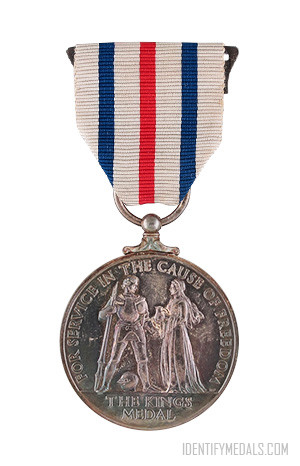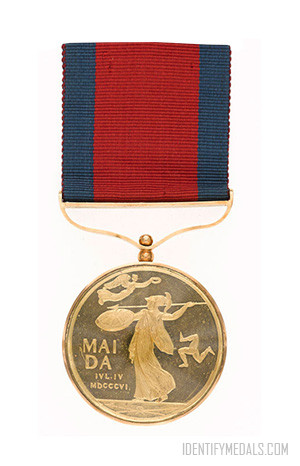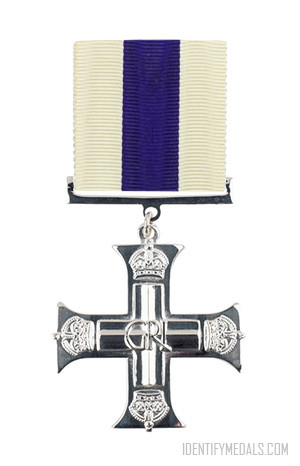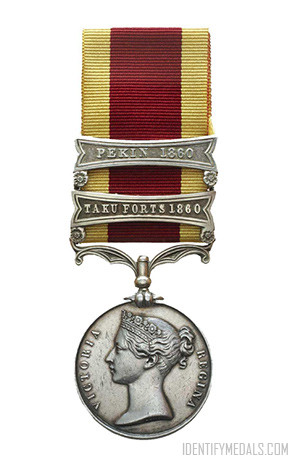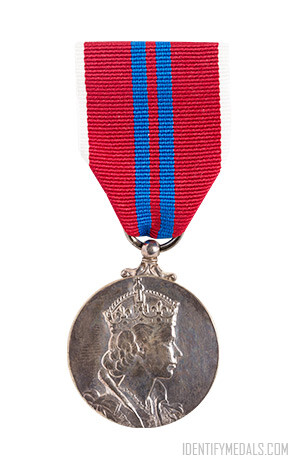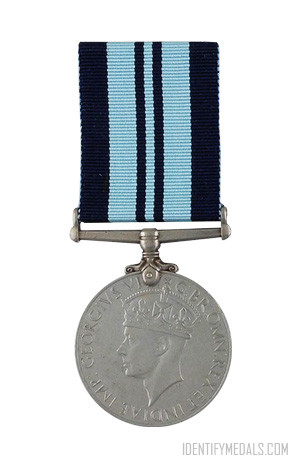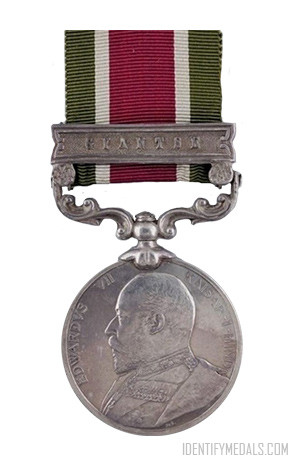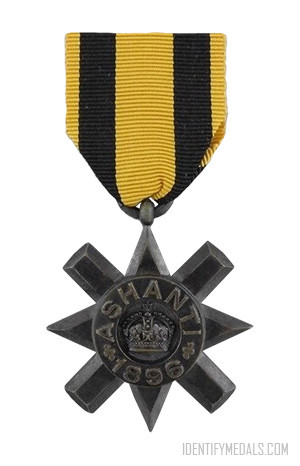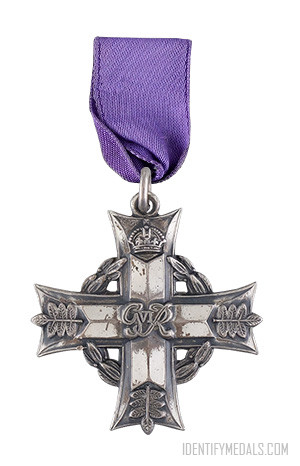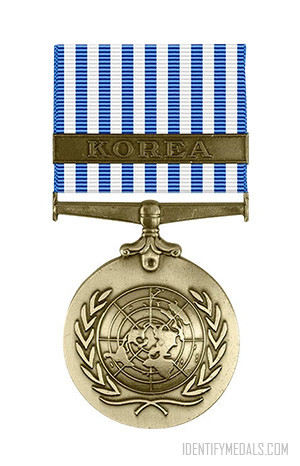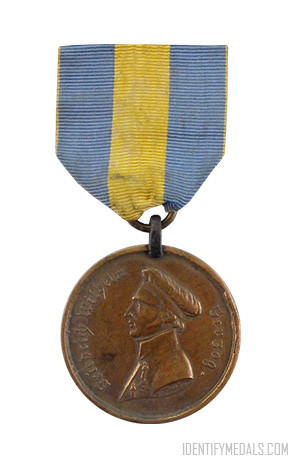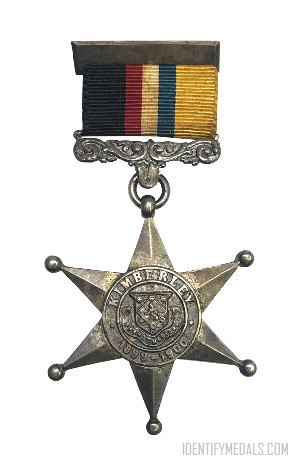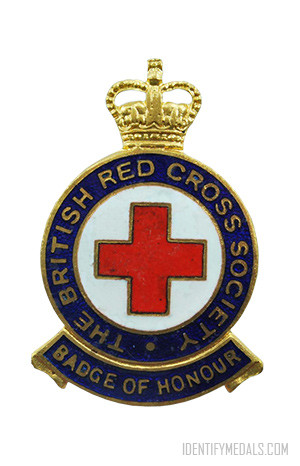- Time Period: World War II
- Institution: 23 August 1945
- Country: Great Britain
The King’s Medal for Service in the Cause of Freedom is a British medal instituted on 23 August 1945 by King George VI and awarded to foreign civilian nationals, mainly of allied countries, who had given meritorious service to further the interests of the British Commonwealth or the Allied cause during World War II.
Among those activities recognized by the decoration are fundraising for British war relief, scientific research that aided the war effort, and organizing ambulance services. Those who helped British military personnel to escape the enemy, return from occupied areas or for other dangerous work for the British or Allied cause during the war were eligible for the King’s Medal for Courage in the Cause of Freedom.
The medal was awarded 2,539 times.
The King’s Medal for Service in the Cause of Freedom Design
The medal is struck in silver and measures 36 millimeters (1.4 in) in diameter.
The obverse shows the left facing crowned effigy of King George VI with the inscription ‘GEORGIVS VI D:G:BR:OMN:REX ET INDIAE IMP‘.
The reverse bears a medieval warrior in armor carrying a broken lance, being offered sustenance by a woman. The upper circumference is inscribed ‘FOR SERVICE IN THE CAUSE OF FREEDOM‘, with ‘THE KINGS MEDAL‘ below.
The ribbon measures 32 millimeters (1.3 in) wide and is white with a central red stripe, flanked by blue stripes. The medal has a ring suspension and was awarded unnamed.

